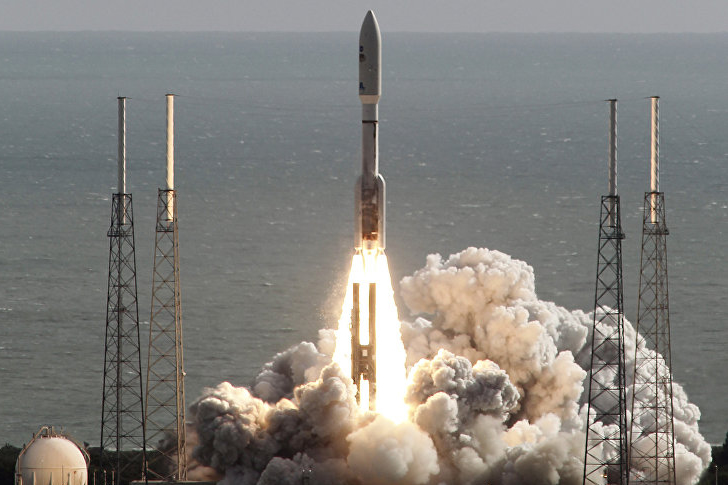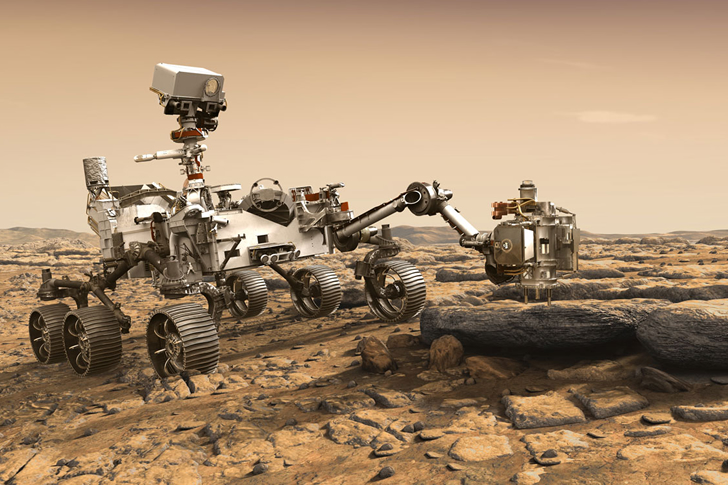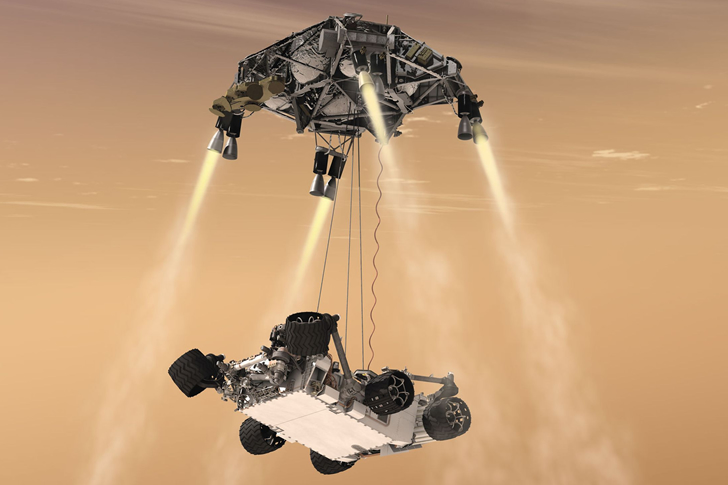What you need to know about the ambitious Mars Perseverance Mission
The Mars Perseverance mission is one of the more essential missions NASA has ever launched. It went to space on July 30, 2020, and it bore two things that reflected a piece of human history. First is that the rover carried the name of 10,932,295 people with it. This was historic as this was the first time a rover has ever carried human names into space. Also, as a credit to the fearless medical front-liners who had been battling COVID-19, the Mars rover was fitted with a plate with a staff-and serpent symbol. But there is so much more to the mission that we should also know about.

From the name itself, Perseverance, we can deduce that the mission is meant to overcome challenges. And that is the case with this rover, which needs to land on a planet to look for signs of ancient microbial life, cataloging rocks, documenting the planet’s climate and geology, and eventually helping pave the way for human exploration and settlement in the future. If Perseverance were a person, he or she would be subjected to a great degree of pressure even before going to the neighboring planet. This mission also builds on what was learned from previous Mars rovers like Sojourner in 1997, Opportunity and Spirit in 2004, and Curiosity which has been exploring the Gale crater since 2012.
Because its primary objective is to find signs of ancient microbial life on the red planet, it would have to land on the Jezeno Crate, a giant basin just a bit north of the equator. This crater was the result of a space rock that hit the area between 3 to 4 billion years ago. A river that drained into a body of water close to the size of Lake Tahoe was thought to have existed there.

In addition, the rover will also be analyzing the gas composition in the area. Mars orbiters are already collecting data about the atmosphere from about 200 meters above, but if this mission were to find signs of ancient life, it has to be closer to the ground. Understanding how the climate behaved in the past is one critical element to finding out if Mars once hosted microbial life. Scientists on Earth can also figure out why two planets that were formed of the same Big Bang ended up so different from each other. Perhaps, we can credit the fast-evaporating atmosphere in Mars for that.
Perseverance is also the first of a series of round trips to the red planet. Determining whether Mars indeed housed ancient life is a meticulous process. Perseverance would be the first such rover to bring evidence such as rocks and sediments to Earth. Once these samples are brought back to Earth, our scientists can study the materials in detail. NASA would have the necessary equipment to look at the samples. For sure they made massive investments in these types of equipment, and it would be ideal to send them to Mars, too, but some of these gadgets would be too bulky and heavy.
But this does not mean that Perseverance cannot carry equipment that can easily fit the rover. It is equipped with a Terrain-Relative Navigation system that helps it avoid hazards during landing. Apart from that, the designers also installed the Mars Oxygen In-Situ Resource Utilization Experiment (MOXIE) that aims to produce oxygen by processing the red planet’s carbon dioxide atmosphere. If successful, it can pave the way for astronauts to visit soon.

Lastly, the rover has 23 cameras installed, which means, regular folks like us can get to ride along. The Perseverance has more cameras than any interplanetary mission in the past. It even has more cameras than your standard home security system. So expect that when it lands on Mars by February 18, 2021, we can watch history unfold and get high-quality images and videos from the rover. Check the mission’s website when the time comes.
